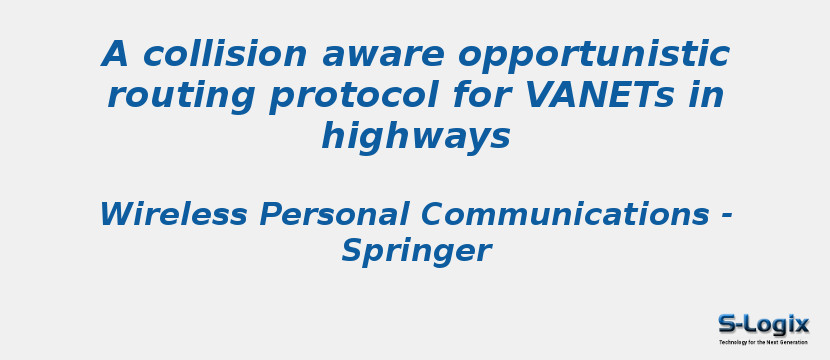Research Area: Vehicular Ad Hoc Networks
A reliable and effective packet delivery system is challenging issue due to VANET’s intense characteristics. Broadcast nature of opportunistic routing makes it more effective than the traditional routing in packet delivery and improves the efficiency of sending packets. One of the main problems in VANETs is the packet loss due to collision. Because of the rapid movement of vehicles, frequent changes in topology and the occupancy of the channel by beacon packets, high number of collisions occur in VANETs. In this paper, a new collision-aware opportunistic routing protocol called SCAOR is proposed for highways. To reduce collisions, the design of the SCAOR protocol is composed of two phases. In the first phase, a new metric called QAD, is presented and it contains three parameters of link quality, packet advancement, and node density. In the second phase, a cluster-based scheduling algorithm called CSA is provided for sending periodic beacon packets to reduce the occupancy time of the channel. The QAD metric along with the CSA scheduling algorithm alleviate collisions and improve the efficiency of the SCAOR protocol with respect to the specific features of the VANETs. The performance of the SCAOR routing protocol is compared to the EXOR and LSGO opportunistic routing protocols. Experimental results show improved network performance in terms of packet delivery, end-to-end delay, packet loss and throughput.
Keywords:
Author(s) Name: Vahid Sadatpour, Farzad Zargari & Mohammad Ghanbari
Journal name: Wireless Personal Communications
Conferrence name:
Publisher name: Springer
DOI: 10.1007/s11277-019-06557-x
Volume Information: volume 109, pages 175–188 (2019)
